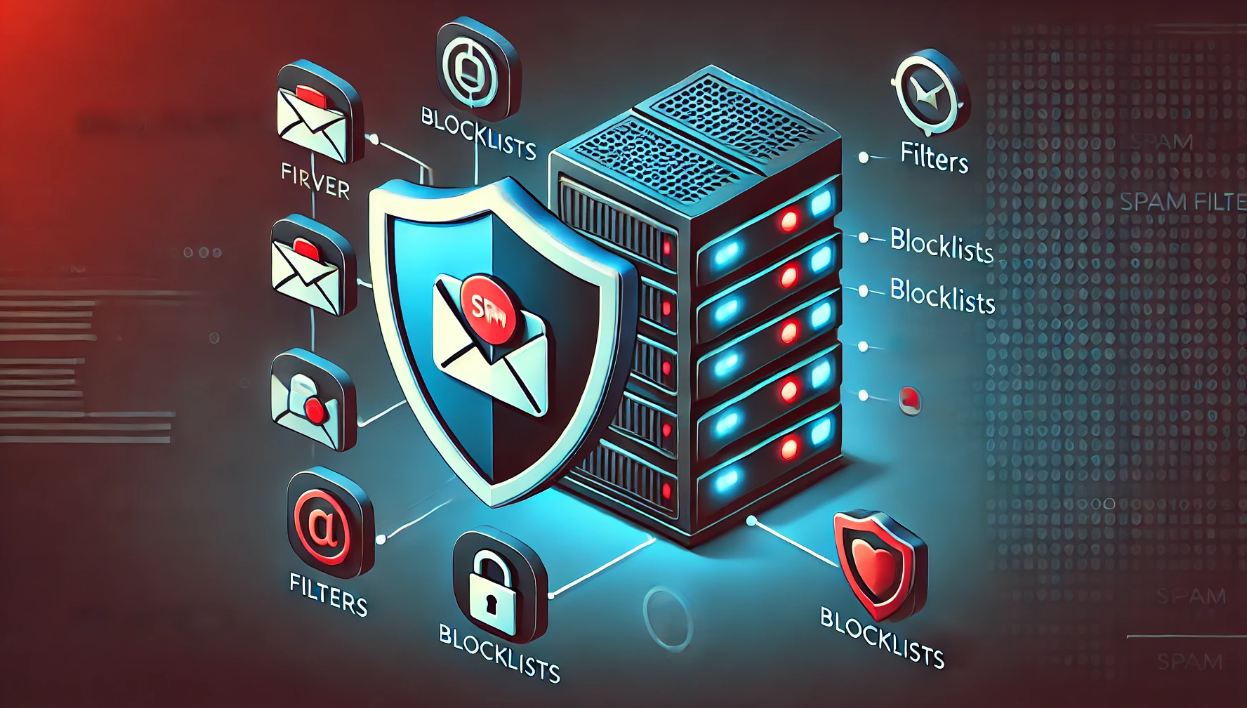How to Optimize Spam Filtering on Your Self-Hosted Email Server
Spam emails can disrupt productivity, compromise security, and overload your server. Optimizing spam filtering on your self-hosted email server is essential to ensure that legitimate emails are delivered while keeping unwanted messages at bay. Here’s a step-by-step guide to improving spam filtering.
1. Configure DNS Records
Proper DNS configuration is the first step to prevent spam and spoofing.
Key Records to Set Up:
-
SPF (Sender Policy Framework): Specifies which servers are authorized to send emails on behalf of your domain.
-
DKIM (DomainKeys Identified Mail): Adds a cryptographic signature to your emails, ensuring they haven’t been tampered with.
-
DMARC (Domain-based Message Authentication, Reporting, and Conformance): Combines SPF and DKIM to protect against phishing and spoofing.
2. Enable SpamAssassin
SpamAssassin is a popular open-source spam filtering tool.
Features:
-
Uses a scoring system to identify spam.
-
Configurable rules to block specific types of messages.
-
Integration with most control panels, including cPanel.
3. Use Blacklists and Whitelists
Blacklists:
Block known spammers by using real-time blackhole lists (RBLs) such as Spamhaus or Barracuda.
Whitelists:
Ensure important senders are never flagged as spam by adding them to a trusted list.
4. Implement Greylisting
Greylisting temporarily rejects emails from unknown senders. Legitimate mail servers retry delivery, while spammers often do not.
5. Set Up Rate Limiting
Prevent spammers from overloading your server by limiting the number of emails a user can send per hour.
6. Educate Users
Train your users to:
-
Recognize phishing emails.
-
Avoid clicking on suspicious links.
-
Report spam to your IT team.
Conclusion
Optimizing spam filtering on your self-hosted email server requires a combination of technical configurations, robust tools, and user awareness. By implementing these best practices, you can minimize spam while ensuring reliable email delivery for your organization.

